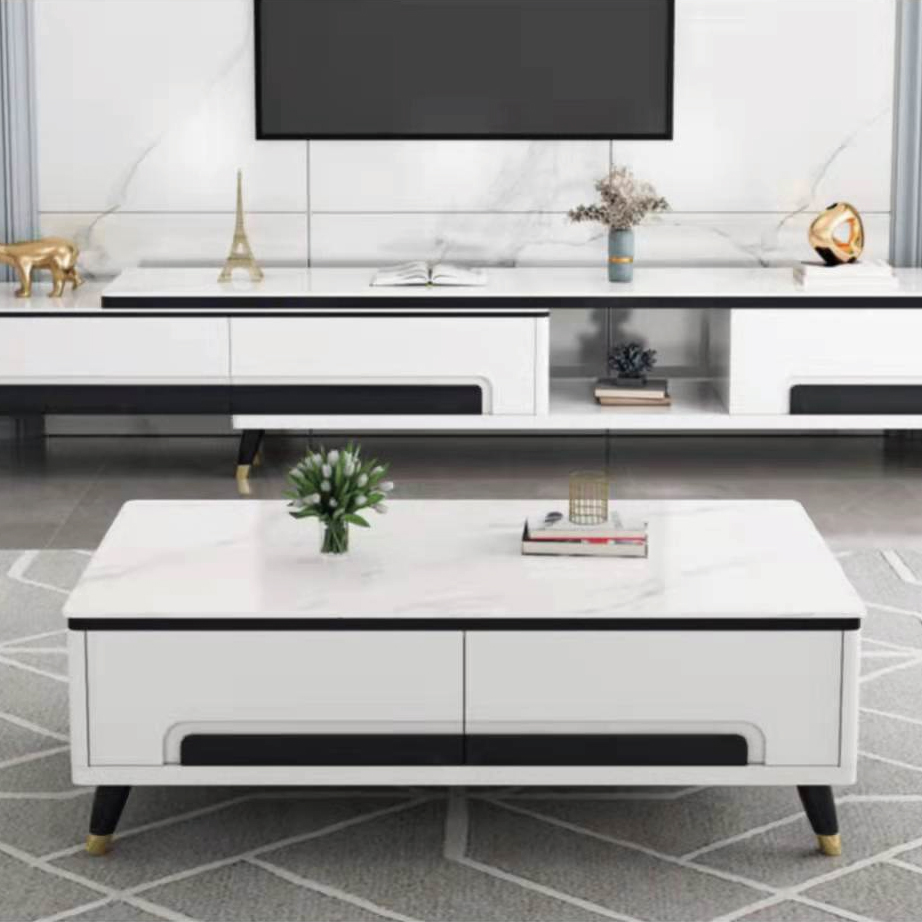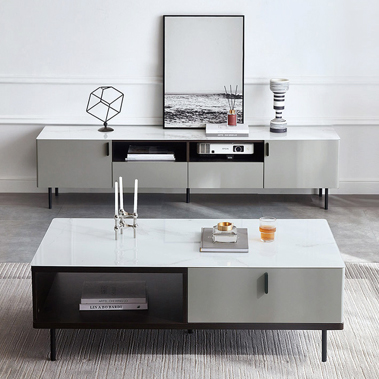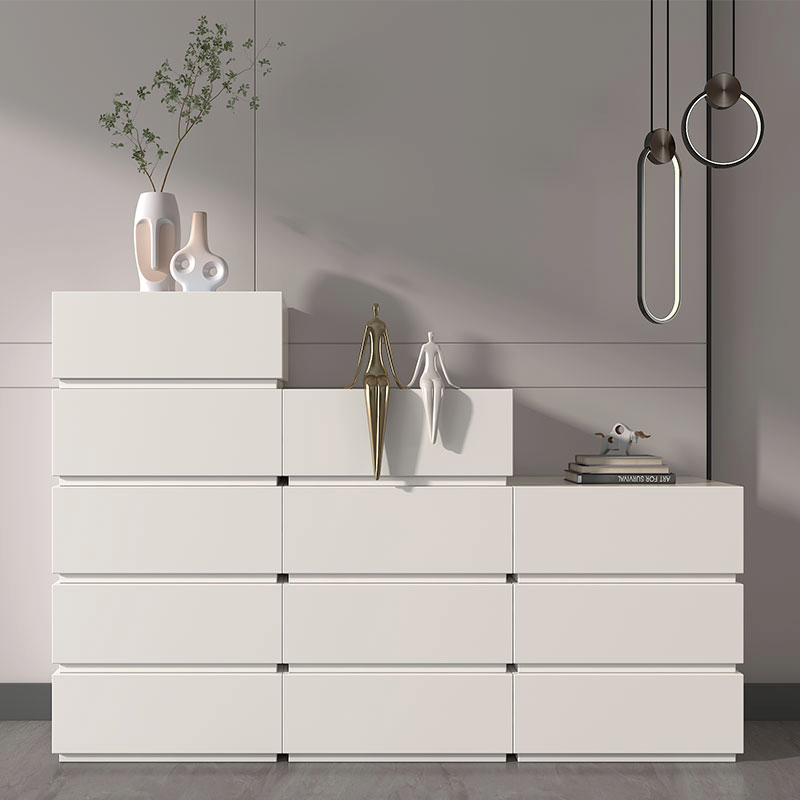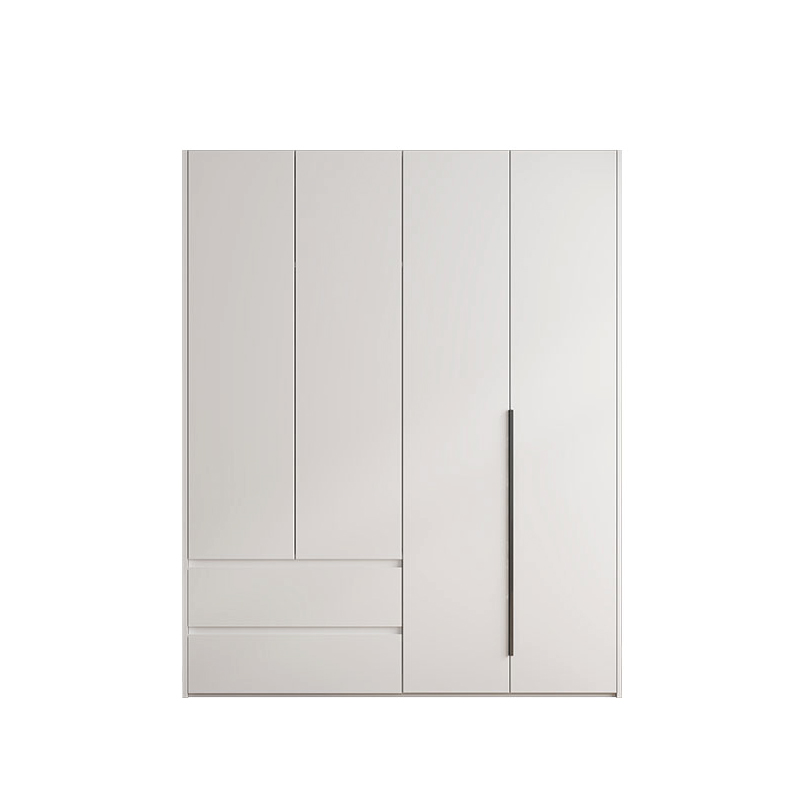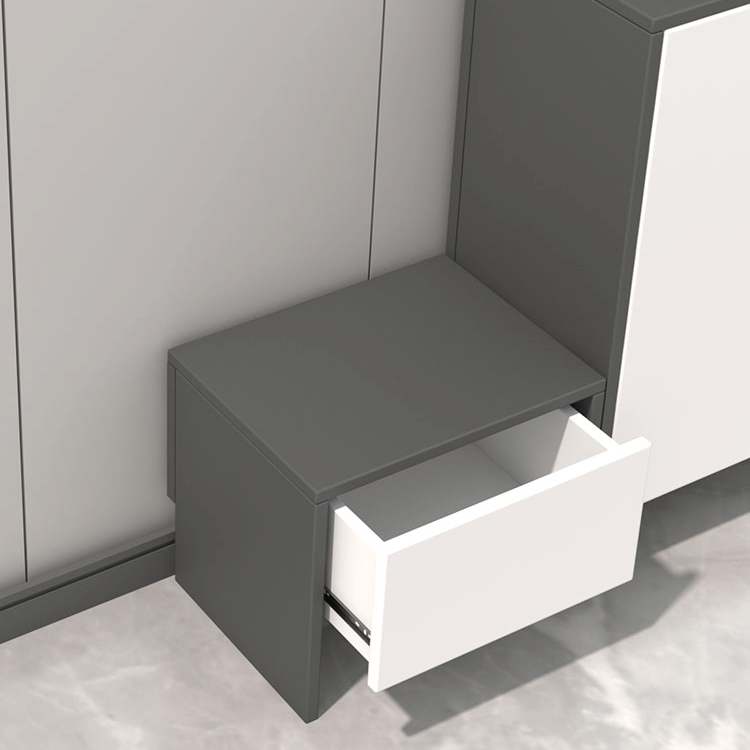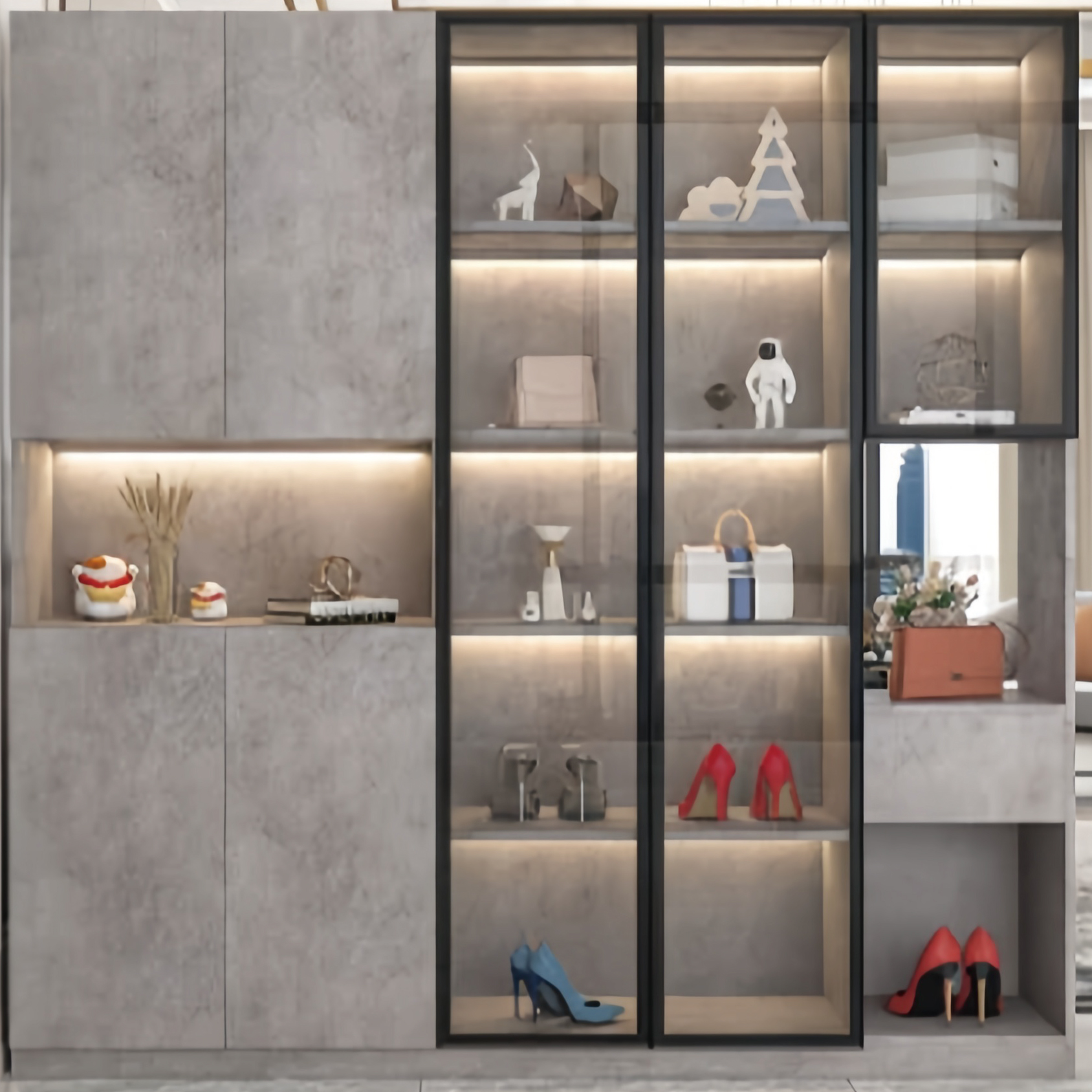01. Avoid Full-Height Doors
Full-height wardrobe doors (extending from floor to ceiling) are often praised online for their sleek, luxurious look. However, this design comes with risks:
• High costs: Doors exceeding 2.6 meters require structural reinforcement (e.g., door straighteners), yet warping remains inevitable.
• Impracticality: A separate top cabinet (for storing seasonal items like bedding) is more functional. It keeps clutter hidden and reduces dust buildup.
• Alternative: Opt for segmented designs (see images below). These retain aesthetics while improving usability—reserve the upper section for storage and the lower for hanging clothes.
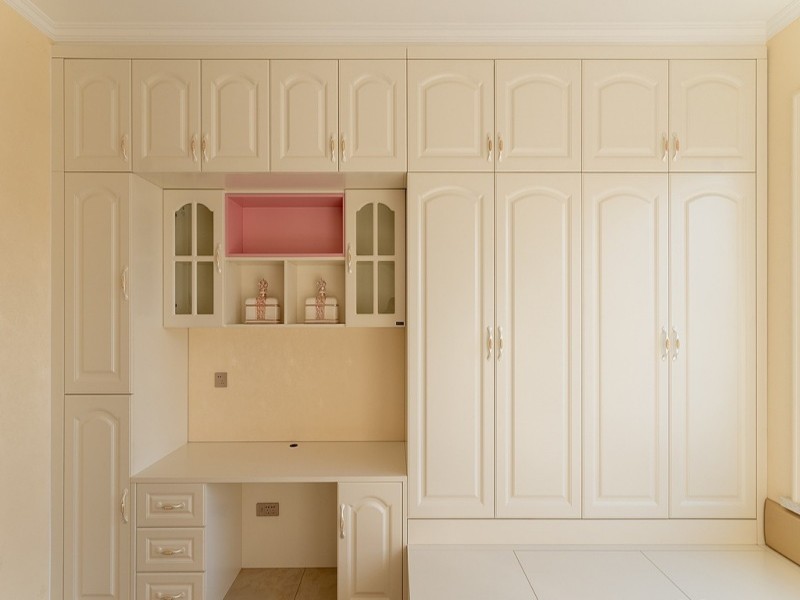
02. Ditch Open Curved Corner Cabinets
Open curved corners were once trendy but are now outdated due to:
• Dust magnets: Daily cleaning is a hassle.
• Poor storage: Limited space + visible clutter = wasted potential.
• Fix: Replace curved corners with side cabinets (see examples below). These offer organized storage for bags, hats, socks, and undergarments. Closed doors keep everything tidy!
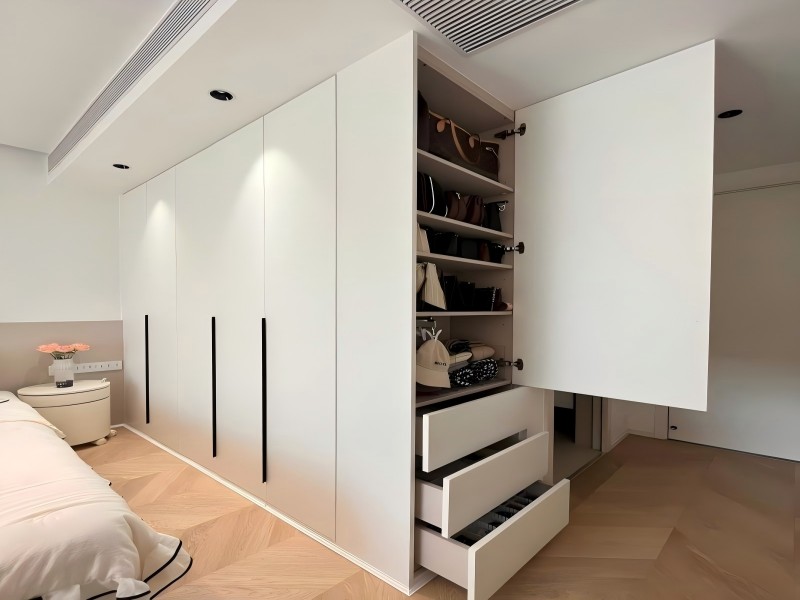
03. Skip Excessive Shelving
Too many shelves = chaos. Modern lifestyles favor hanging zones:
• Why: Folded clothes get messy; hanging items are easy to find.
• Smart layout: Reserve 70% of space for hanging, and use drawers/baskets for small items like socks.
• Pro tip: Even compact wardrobes benefit from prioritizing vertical hanging space.
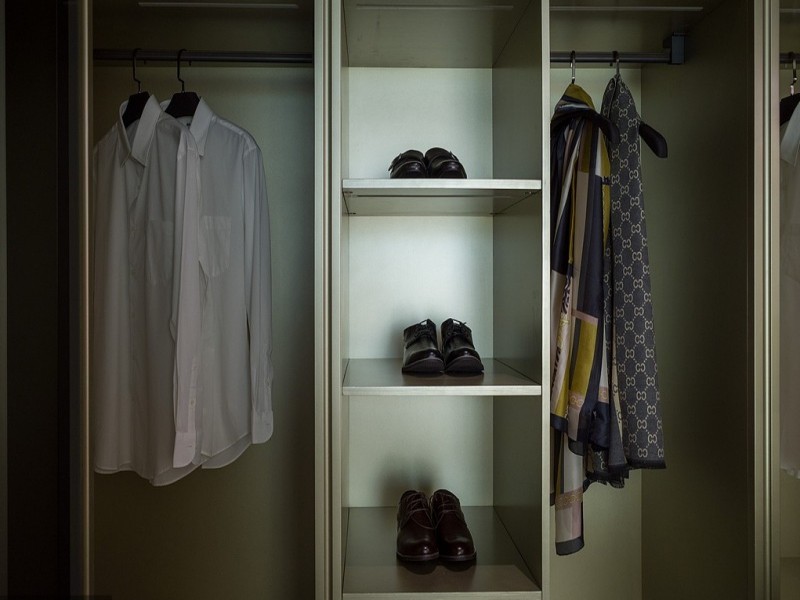
04. Say No to Push-Latch Mechanisms
Push-to-open hardware (rebounders) may seem sleek, but they’re trouble:
• Fragility: Cheap versions break easily; high-quality ones are pricey.
• Frustration: Doors often fail to open, especially when new.
• Better options:
◦ Recessed handles: Carve subtle grooves into door edges (requires durable materials like solid wood).
◦ Extended panels: Overhang doors by 1cm for a grip-friendly edge.
◦ Decorative pulls: Use minimalist brass, wood, or leather handles for elegance.
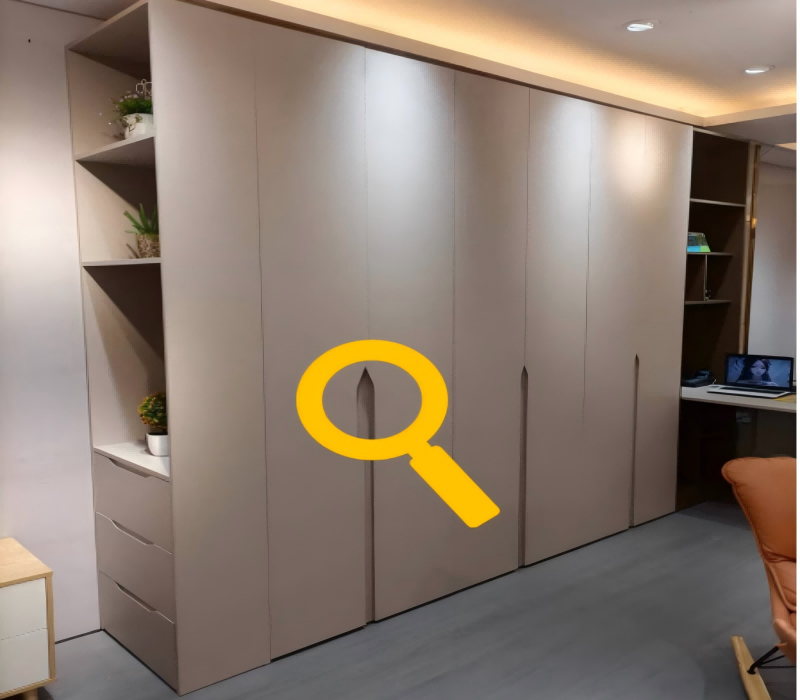
05. Don’t Embed Lighting Strips
Built-in LED strips are overhyped:
• Rarely used: Most owners forget they exist.
• Installation headaches: Poor placement blocks light, and wiring requires precise planning.
• Fix: Pre-wire cabinets for lighting or add power outlets. Use wireless adhesive LED strips(easy DIY installation) for flexibility in closets, shoe cabinets, or display shelves.
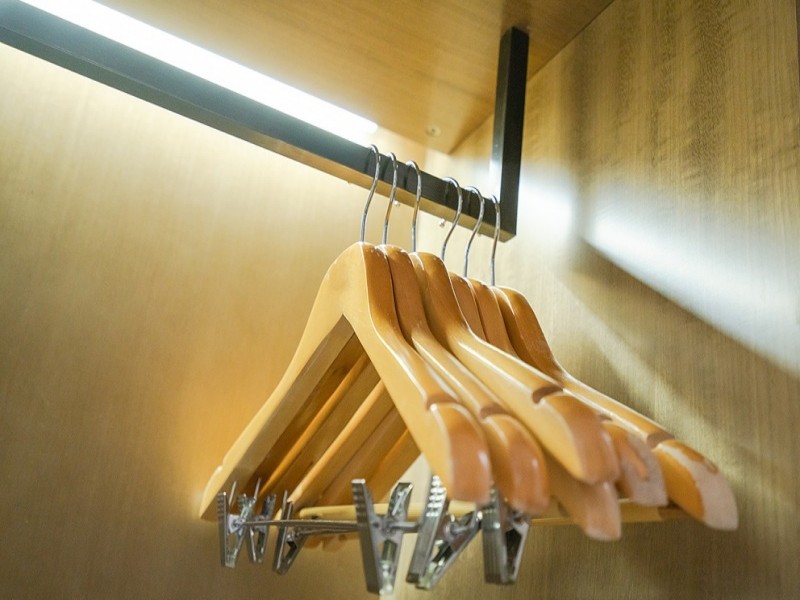
Final Takeaway: Custom wardrobes should prioritize practicality over trends. Avoid these five pitfalls to save money, reduce stress, and create a functional, timeless storage solution!




